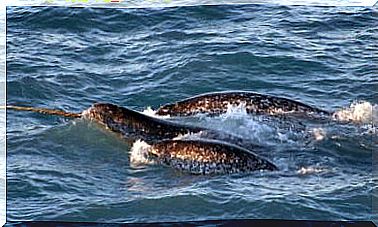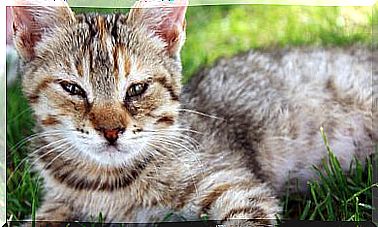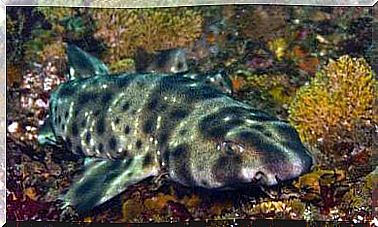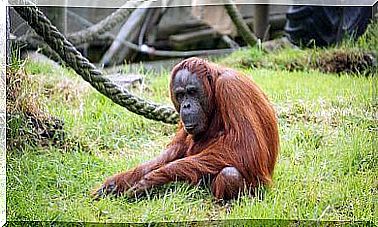Let’s Discover Music For Animals Together

While it sounds incredible, many species of animals have an affinity for music, and this seems to be a reality, as a kind has been created especially for them.
According to some researchers, such as psychologist Charles Snowdon, music for animals must be crafted for every species, and you can’t make a cat listen to jazz and expect them to like it like people.
Music for cats
For example, Music for Cats is a David Teie project that tries to compose melodies that cats can enjoy. The vocalizations that felines emit have variations in tone that have nothing to do with those of a human singer.

With this premise, he created a set of sounds of cats sucking milk or purring, and then reproducing repetitions similar to those used in musical works. Classical music was thought to relax animals, and some researchers wanted to show instead that music made specifically for one type of species was more effective.
So, they tried to see what was happening by having cats listen to a melody created for them; they responded more positively to the one for animals than the classical one, despite the fact that it was Mozart. Felines tended to interact with speakers by swiping at them and meowing in a relaxed way.
Music for the monkeys
The experiments carried out by Teie on cats were also tested on other species: a melody was composed for the monkey titì, or the oedipus tamarin. It was found that these monkeys were shocked to hear human music, while reacting very differently to that of animals.
Music for monkeys is made up of high-pitched vocalizations, much higher in scale than any other classical song. For this reason, in the face of the most agitated sounds, they proved anxious, while in hearing the music composed of more relaxed vocalizations, they were calm.
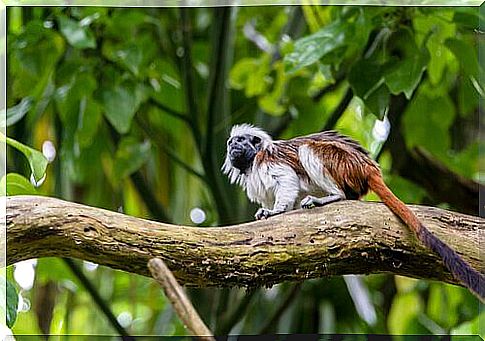
Music for animals or for people?
Halfway between music for animals and for people, researcher Laurel Braitman promoted her Music for Animals project .
A group of wolves, for example, teaches us that sometimes human art has something animal about it. Incredibly, they started to howl when they heard the music, which songs seem to have certain reminiscences with their most ancestral howl.
We have also seen how the cockatoo has a very interesting sense of rhythm, it even seems to perform percussion. Despite this, little is known about the musical tastes of all other animals, and it seems that they can become a subject of study to promote their well-being.
Let your furry friends listen to the music, but be careful; some melodies might scare them.
